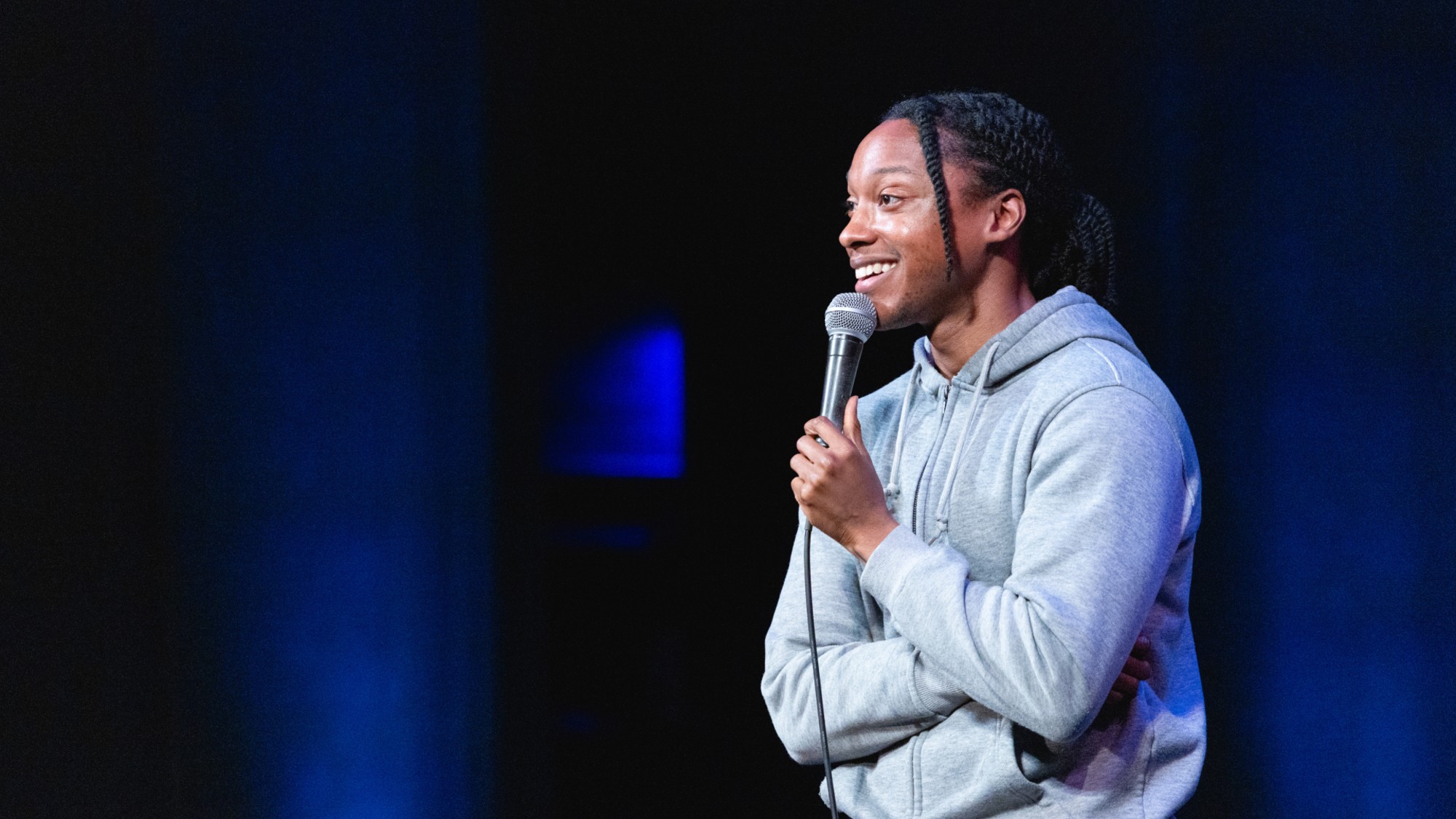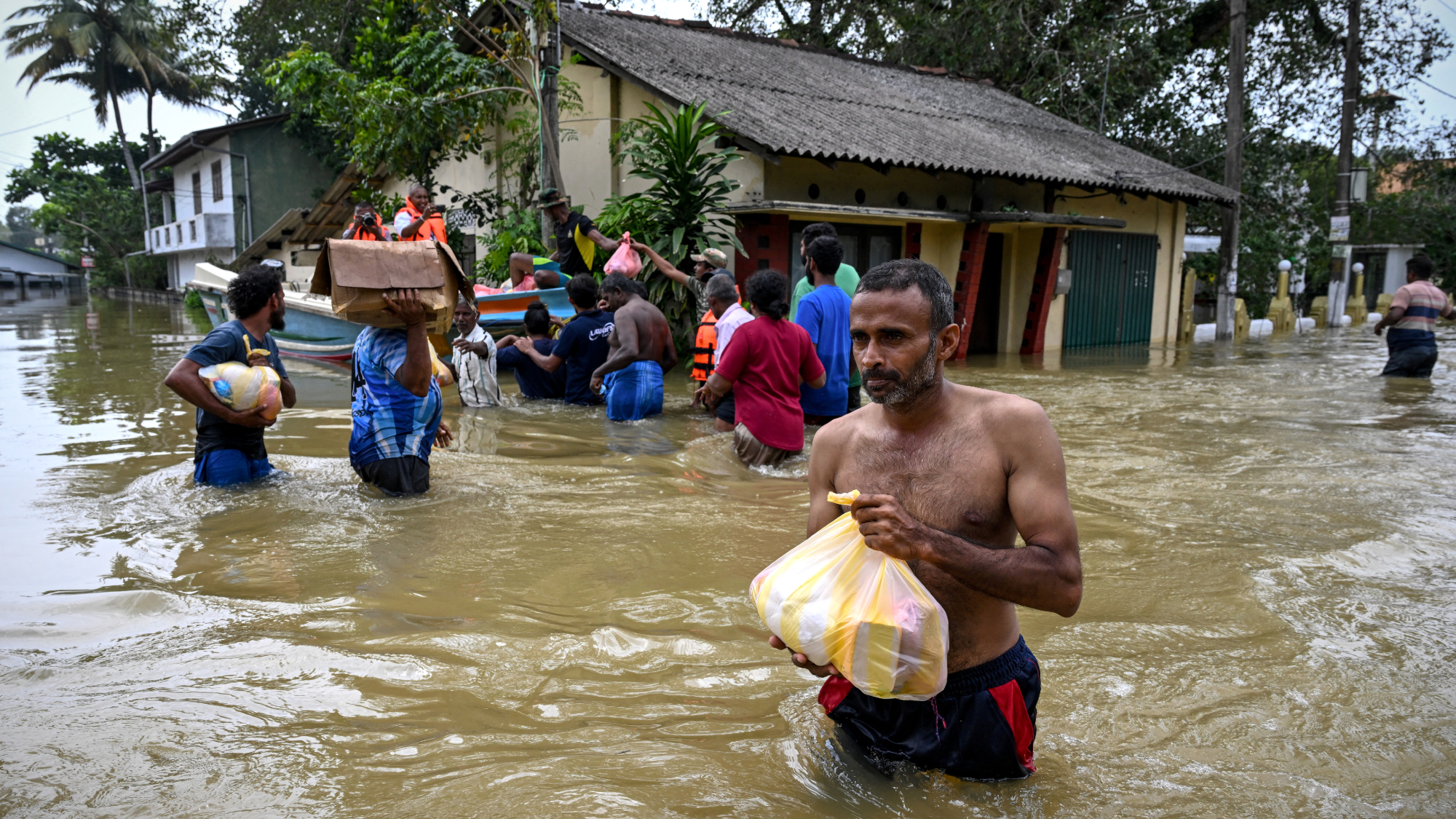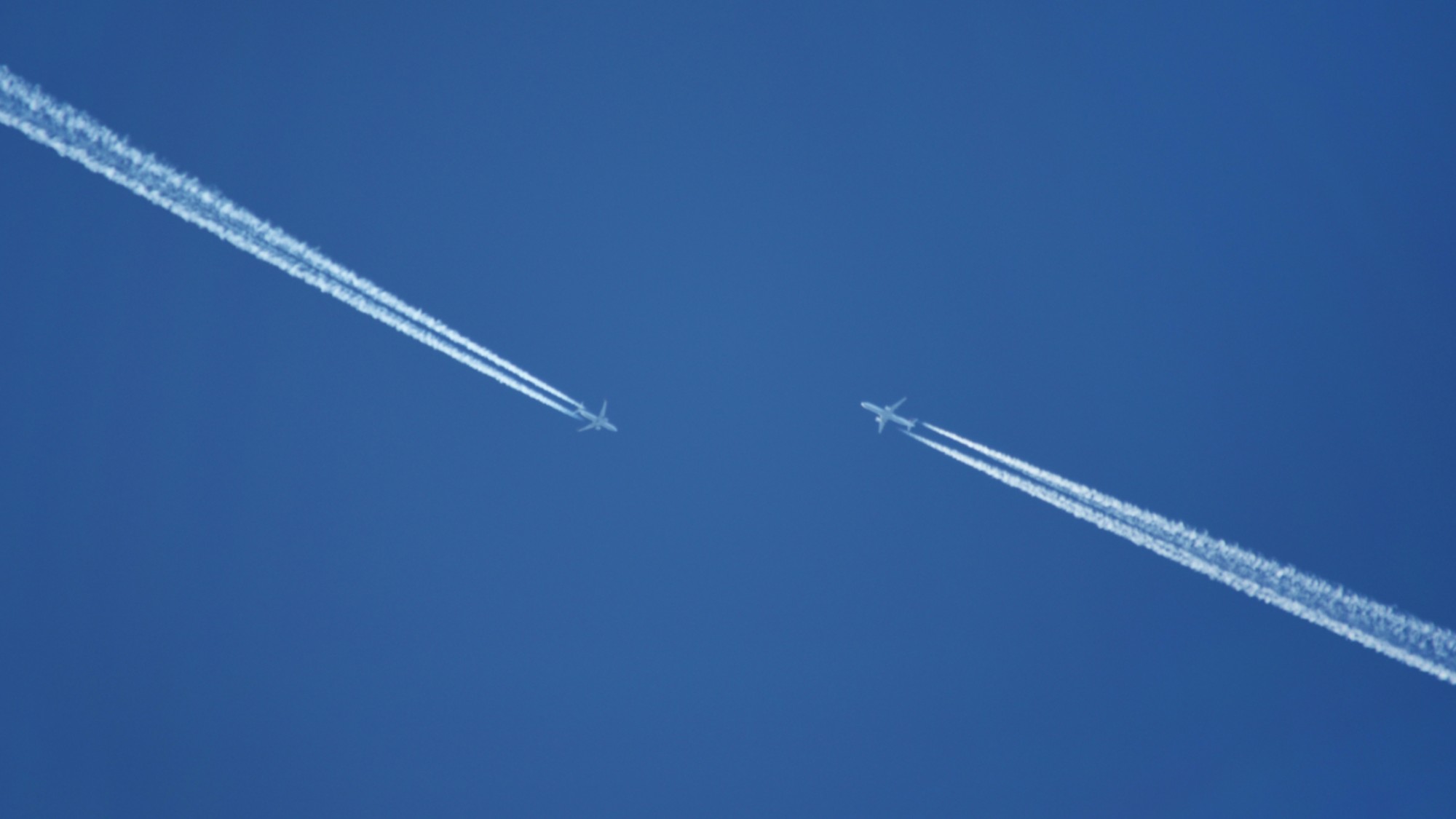The war on polar bears
Clashes with human settlements are on the rise, as melting ice drives hungry predators inland in search of food

A polar bear has been shot dead in a remote Icelandic village, the latest casualty of growing tensions between humans and the Arctic mammals.
Polar bears are not native to Iceland, but they occasionally travel onto land via ice floes from Greenland. Even that is "relatively rare", said The Associated Press – a polar bear was last seen in Iceland in 2016. Police shot the animal earlier this month after an elderly woman spotted it rummaging through rubbish outside the summer house she was staying in.
Polar bears are the world's largest land carnivore, but attacks on humans are extremely uncommon – only 73 were recorded between 1870 and 2014, in Canada, Greenland, Norway, Russia and the US. But the frequency is increasing: 15 of those attacks took place this century. The rapid loss of sea ice due to climate change is "driving hungry bears to land and putting both at risk".
The Week
Escape your echo chamber. Get the facts behind the news, plus analysis from multiple perspectives.

Sign up for The Week's Free Newsletters
From our morning news briefing to a weekly Good News Newsletter, get the best of The Week delivered directly to your inbox.
From our morning news briefing to a weekly Good News Newsletter, get the best of The Week delivered directly to your inbox.
The Arctic Usain Bolt
"Over a distance of ten metres polar bears in the prime of life are as quick as Usain Bolt," said The Times. "They can weigh two-thirds of a tonne and are said to be capable of knocking a beluga whale senseless with a single swipe of a paw."
And on Ny-Ålesund, the largest island of Norway's Svalbard archipelago and site of the "world's most northerly human settlement", they have "made a comeback". In 1973, hunting the animals was banned and the population was saved from extinction. But temperatures in Svalbard are rising more rapidly than almost anywhere else in the world, with frozen seas melting into open water, shrinking hunting grounds. In the Nineties it was rare to see a polar bear; since May, it has been a weekly occurrence.
Bears are "extraordinarily inquisitive" – they don't necessarily see humans as food, but "will investigate anything that stands up vertically from the horizon". Longyearbyen, Svalbard's largest town with a population of about 2,200, uses helicopters to scare the bears away. But precautions aren't always enough. In 2011, a trip-wire designed to alert a group camping near Longyearbyen failed, and a polar bear "reported to be starving and emaciated" killed a 17-year-old British boy and injured four others.
In Greenland's Ittoqqortoormiit, the "loneliest town in the Arctic", hungry polar bears are increasingly wandering into human territory, said The Telegraph. The bears are "driven inland", and two have recently been shot. But bears also fall foul of human hunters; they "supplement the local diet", while around town there are a few "bearskins airing in the wind". A quota allows Ittoqqortoormiit locals to kill 35 polar bears per year.
A free daily email with the biggest news stories of the day – and the best features from TheWeek.com
A 'looming clash'
Canada is home to about 17,000 polar bears – about two-thirds of the world's population. But unlike in Svalbard, the species is "in decline", said the BBC. In August, two bears killed a technician working on Brevoort Island, in the northern Nunavut territory, in an attack that "rattled a region well-versed" in polar bears, said The Guardian. The location was unusual for a bear, as was the fact that there were two involved. It is a harbinger of what experts say is a "looming clash" between humans and bears.
In the 1980s, the bears would "look like giant fat sausages lying on the beach", said Andrew Derocher, biology professor at the University of Alberta. But now they are "much leaner". As food becomes scarcer, "they'll start entering communities", only a handful of which have bear patrol programmes. "Are those communities ready? Absolutely not."
Residents of Nunavut and Canada's Northwest Territories are also taking the fight back to the bears. Killing one can be "financially lucrative", said The Guardian; governments spend "thousands of dollars in subsidies for pelts".
Encounters will increase, and "get a lot worse", but eventually "it's going to get better" – at least from a human perspective, said Derocher. "This population of bears isn't expected to persist past mid-century."
Harriet Marsden is a senior staff writer and podcast panellist for The Week, covering world news and writing the weekly Global Digest newsletter. Before joining the site in 2023, she was a freelance journalist for seven years, working for The Guardian, The Times and The Independent among others, and regularly appearing on radio shows. In 2021, she was awarded the “journalist-at-large” fellowship by the Local Trust charity, and spent a year travelling independently to some of England’s most deprived areas to write about community activism. She has a master’s in international journalism from City University, and has also worked in Bolivia, Colombia and Spain.
-
 Hilarious comedians to see on tour this winter
Hilarious comedians to see on tour this winterThe Week Recommends Get some laughs from Nate Bargatze, Josh Johnson and more
-
 A January deadline could bring the pain all over again
A January deadline could bring the pain all over againToday’s Big Question A January deadline could bring the pain all over again
-
 Political cartoons for December 23
Political cartoons for December 23Cartoons Tuesday's political cartoons include an eye on CBS, cracking the middle class, and Donald Trump's name on everything
-
 Crest falling: Mount Rainier and 4 other mountains are losing height
Crest falling: Mount Rainier and 4 other mountains are losing heightUnder the radar Its peak elevation is approximately 20 feet lower than it once was
-
 Death toll from Southeast Asia storms tops 1,000
Death toll from Southeast Asia storms tops 1,000speed read Catastrophic floods and landslides have struck Sri Lanka, Indonesia, Thailand and Malaysia
-
 Can for-profit geoengineering put a pause on climate change?
Can for-profit geoengineering put a pause on climate change?In the Spotlight Stardust Solutions wants to dim the sun. Scientists are worried.
-
 How will climate change affect the UK?
How will climate change affect the UK?The Explainer Met Office projections show the UK getting substantially warmer and wetter – with more extreme weather events
-
 Can the UK do more on climate change?
Can the UK do more on climate change?Today's Big Question Labour has shown leadership in the face of fraying international consensus, but must show the public their green mission is ‘a net benefit, not a net cost’
-
 The UK’s surprising ‘wallaby boom’
The UK’s surprising ‘wallaby boom’Under the Radar The Australian marsupial has ‘colonised’ the Isle of Man and is now making regular appearances on the UK mainland
-
 Did Cop30 fulfil its promise to Indigenous Brazilians?
Did Cop30 fulfil its promise to Indigenous Brazilians?Today’s Big Question Brazilian president approves 10 new protected territories, following ‘unprecedented’ Indigenous presence at conference, both as delegates and protesters
-
 Can the world adapt to climate change?
Can the world adapt to climate change?Today's Big Question As the world gets hotter, COP30 leaders consider resilience efforts